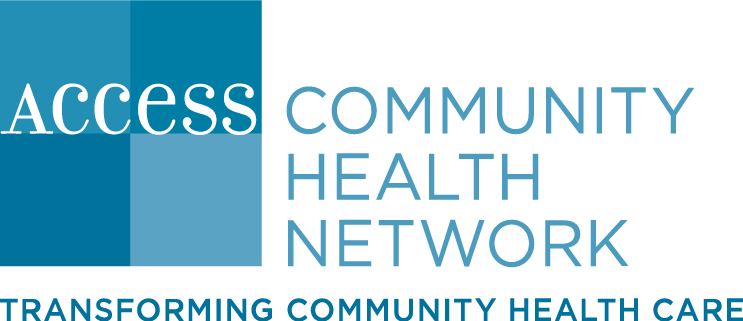Medication Safety: Tips for Storage & Disposal of Prescription Medication
July 25, 2019
To keep your family and community safe, it is critical to store and dispose of your prescription medication properly. You do not want someone else accidentally, or purposefully, taking your medication. Using medication off label or against providers’ recommendations can be very dangerous - especially if the medication is taken by a person it is not prescribed to.
Abuse of prescription pills, especially opioid pain medications and ADHD medications is a serious problem. Teenagers and young adults most commonly get these medications at home where another family member has stored them. They can be stolen and sold illegally at “pharm parties” or on the street.
Keep these pills out of the hands of people who shouldn’t have them by following the below tips:
How to Properly Store Your Medication
- The first rule of prescription medication storage is to keep it out of reach from children. According to the CDC, 60,000 children are taken to the emergency room every year for unintentionally taking a dose of medication. Children often find pills on the ground or in a purse or diaper bag.
- Store your medication in the original container, with the original label. This makes sure you always have all the information you need on dosing, the expiration date. It allows you to make sure it is your medication and not someone else’s. These bottles are normally childproof, so it will make it difficult for your little one to open them accidentally.
- Keep them locked up. Store your medicine in a cabinet or drawer with a lock. This prevents children, pets or guests from accessing them.
- Store in a cool, dry place. Follow manufacturer’s instructions, which may include special instructions about temperature, light exposure, or storage in a dry place. Keep your medication away from places with heat, light, or moisture. If not, you may damage the medication. If you are unsure about how to store your medication, this information can be found on each medication’s website or in the prescribing information on the container.
- Check expiration dates. Always follow the expiration date on your drugs. That is the only way to make sure the drug you are using is safe and effective.
- Take inventory. Every six months, take an inventory of the drugs you have in your home. Safely dispose of anything expired or unneeded.
How to Safely Dispose of Prescription Medication
- Find a take-back program. There are more than 150 collection sites at police stations and pharmacies across Chicagoland as part of the Cook County Sheriff’s Prescription Drug Take Back Program. Mail-back services are also free and available to elderly or homebound disabled Cook County residents.
- Don’t flush your medications. Medications flushed down the toilet can find their way into the waterways damaging wildlife. The US Food and Drug Administration only recommends flushing for a small number of medications when a take-back program is not available. Reach out to your pharmacist or health care provider to see if this applies to your medications.
- Mix medications with an inedible substance. If you need to throw out medication at home, the FDA recommends mixing the drugs with an inedible substance such as dirt, cat litter, or used coffee grounds. Then, place the mixture in a sealed plastic bag.
- Scratch out all personal information on the pill bottle or packaging when disposing of medications.
Be Prepared in Case of an Emergency
Save the Poison helpline (1.800.222.1222) in your cell phone in case your child or someone has ingested an unintended medication. Provide this number to your child’s babysitter or caregiver as well.
Access Community Health Network
If you have questions about disposing or storing your medication, the experts at ACCESS can help. We provide primary and preventative health care services through 34 community health centers throughout Chicago and the surrounding suburbs. Click here to schedule an appointment today!
As of March 23, 2023
